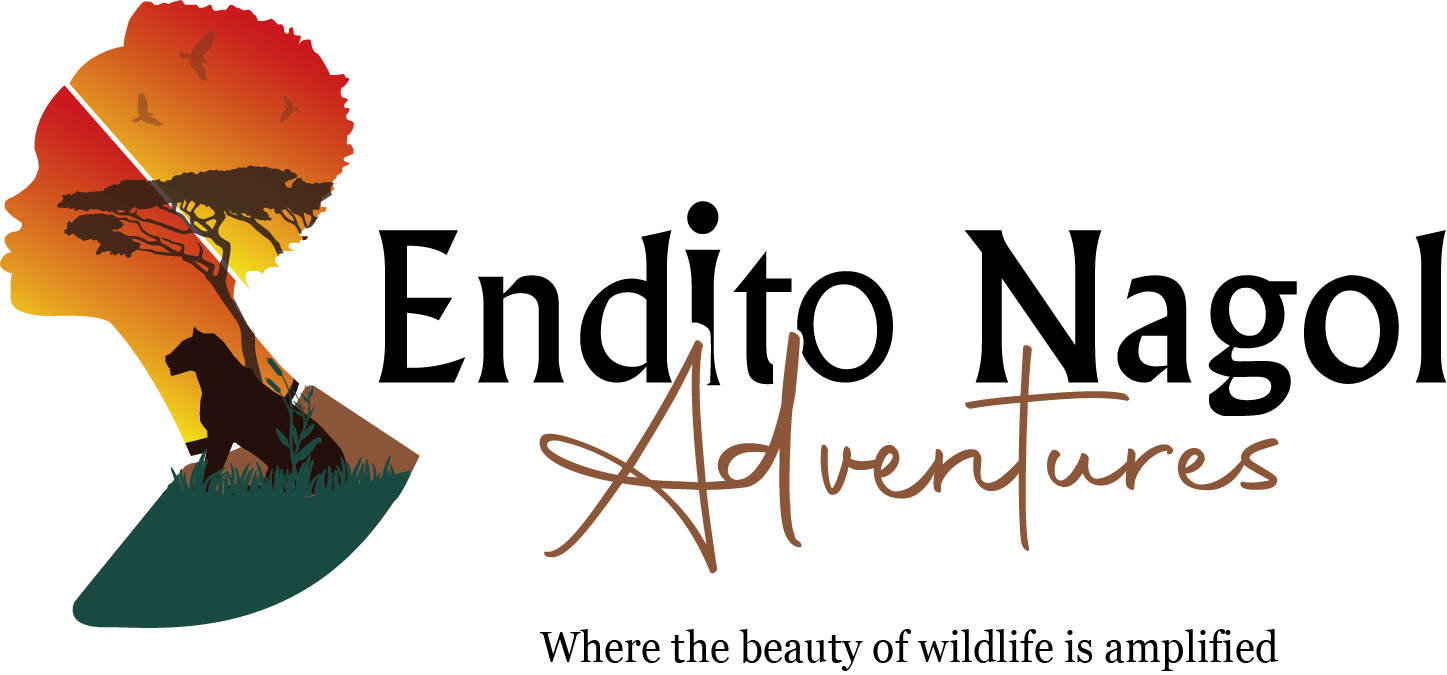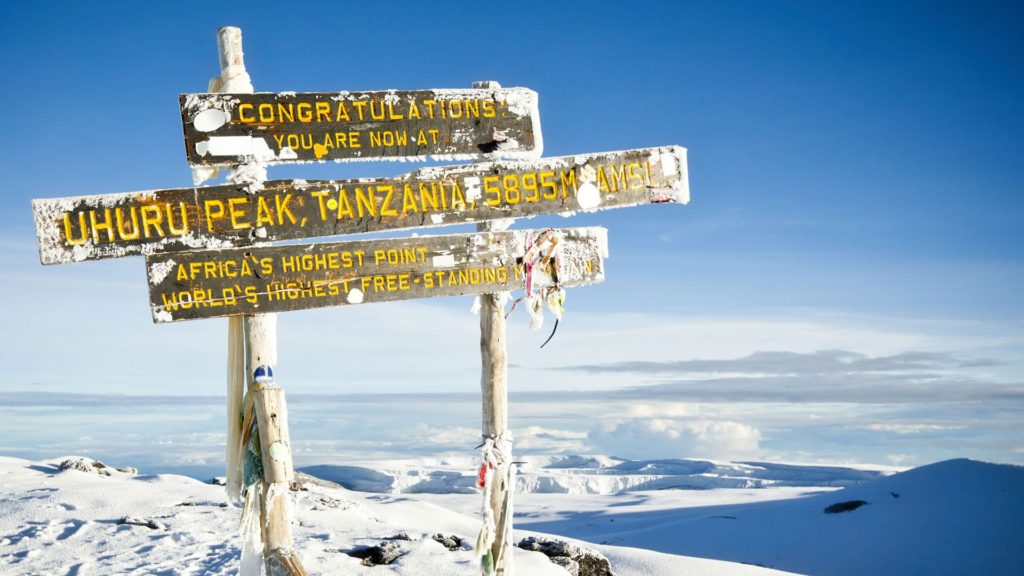Kilimanjaro, the highest mountain in Africa, is one of the most popular tourist destinations in the world. Every year, thousands of tourists flock to the mountain to experience the challenge, beauty, and joy of climbing it. For those looking to add this experience to their bucket list, it’s important to know the best times to go to make the most out of the experience.
Part 1: The Joy of Climbing Kilimanjaro
Climbing Kilimanjaro is an experience unlike any other. The majestic snow-capped peak stands proudly at an elevation of 5,895 m (19,341 ft), beckoning climbers with its breathtaking views. The climb itself is also an incredible feat, with its steep switchbacks and rocky terrain. Along the way, climbers experience a wide range of landscapes, from lush rainforests to barren alpine desert. A successful summit is a reward both for the body and the soul, and is an experience that will be remembered for a lifetime.
The journey to the top of Kilimanjaro is an adventure shared by climbers from all over the world. The camaraderie and sense of connection between the climbers is one of the most rewarding aspects of the trip. With each step, climbers bond over stories, support each other, and come together in a shared sense of accomplishment.
No matter the individual reasons for climbing, all climbers are united in one thing: the joy of being in the wild and conquering the mountain. From the breathtaking views to the connection with others, Kilimanjaro is a source of joy that no one should miss out on.
Part 2: Best Times to Go
The best time to climb Kilimanjaro depends on several factors, including weather, temperature, and availability. Generally, the best time to climb Kilimanjaro is between December and February, when the weather and temperatures are most favorable.
During these months, the days are warm and sunny, and the nights are cool. This makes for ideal conditions for climbing, allowing climbers to make the most of their time on the mountain. Additionally, these months tend to have the least amount of rainfall.
The availability of guides and services is also an important factor to consider. During the peak season (December-February), guides and services are more plentiful and reliable. This makes it easier for climbers to find quality guides, gear, and other services that they may need.
For those looking for a more quiet and peaceful experience, the off-season months between March and October can be a great time to go. These months tend to have fewer climbers, allowing for a more intimate experience. However, it is important to note that these months tend to have hotter temperatures and more rainfall which can make the climb more difficult.
No matter when you decide to go, climbing Kilimanjaro is an experience that will be remembered for a lifetime. With the right preparation and knowing the best times to go, climbers can make the most of this incredible journey and experience the joy and beauty of climbing Kilimanjaro.

